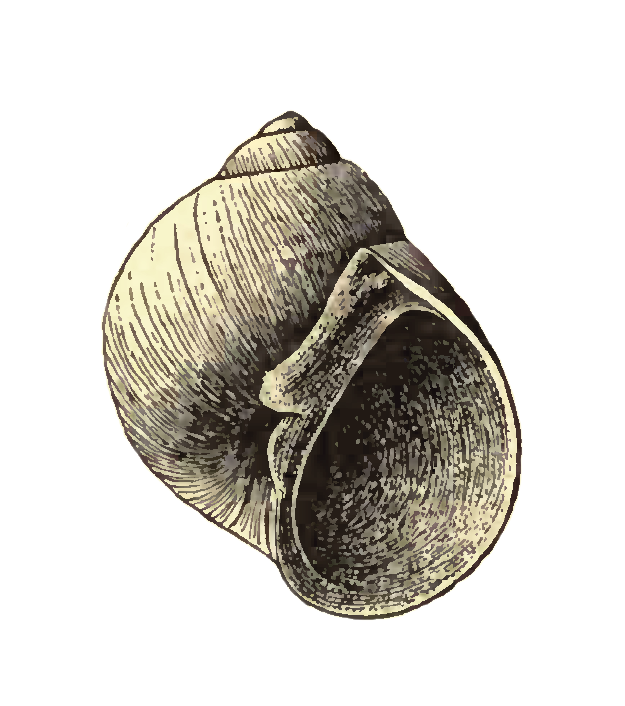
Dallitesta coensis

- Phylum: Mollusca
- Class: Gastropoda
- Order: Littorinimorpha
- Family: Naticidae
- Genus: Dallitesta
- Species: Dallitesta coensis (Dall, 1903)
Geological Range
Late Pliocene; Extinct.
Paleogeographic Distribution
Southern Florida to Northern Florida.
Remarks
This species was originally figured by Dall, 1903, without a written description.
Written description (from Sellards, 1908, p. 124-125):
"Shell rather large, moderately solid, and high-spired. Nucleus smooth, broadly coiled, and consists of about two whorls. Following whorls weakly depressed below appressed suture. Body whorl large and rounded in outline. Surface of shell ornamented with faint spiral threads, resembling those on the genus Sinum. Aperture nearly semicircular in outline, the anterior part more broadly rounded than the posterior. Pillar marked with coarse oblique wrinkles and terminally provided with a carinate and inflexed callus, which is continuous with the parietal callus. Parietal callus moderately heavy and shallowly channeled near its lower margin. Umbilicus not large.
Type (U.S. Nat. Mus. Cat. No. 109269) measures: Altitude, 25 mm.; greatest diameter, 20 mm.
Dall gives 34 mm. as the altitude of this species; but in the National Museum collection a specimen marked "figured type" has an altitude of 25 mm. A much larger specimen of this species, from Harveys Creek, measures, altitude, 45 mm.; diameter, 37 mm."
To access this description in its original formatting through Google Books, click here.
Stratigraphic Occurrences
- Late Pliocene
- Jackson Bluff Formation (N. FL)
- Tamiami Formation (Pinecrest Beds) (S. FL)


